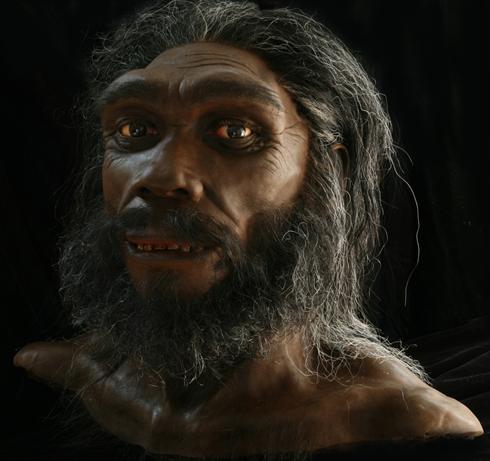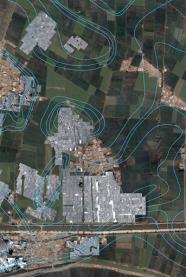
© Smithsonian's National Museum of Natural HistorySome experts believe the homo heidelbergensis species might be the Denisova cave hominid.
Wild, hairy, folks who fought griffons and nomads - have paleontologists unearthed mythic figures of folklore?
Siberia's Denisova cave held the pinky bone of an unknown early human species, a genetics team reported in March. The
Nature journal study, led by Johannes Krause of Germany's Max Planck Institute for Evolutionary Anthropology, offered no answer for what happened to this "archaic" human species, more than one million years old and living near their human and Neanderthal cousins as recently as 30,000 years ago.
But at least one scholar has an intriguing answer: "The discovery of material evidence of a distinct hominin (human) lineage in Central Asia as recently as 30,000 years ago does not come as a surprise to those who have looked at the historical and anecdotal evidence of 'wild people' inhabiting the region," wrote folklorist Michael Heaney of the United Kingdom's Bodleian Library Oxford,
in a letter to
The Times of London.Wild people?
Herodotus, the father of historians, wrote about these human cousins, the "Arimaspians," around 450 B.C. They were "strong warriors, good horsemen rich in flocks of cattle and sheep and goats; they are one-eyed, 'shaggy with hairs, the toughest of men'," according to John of Tzetses, a writer of the Byzantine era. They also fought griffons, mythical winged lions with eagle's faces, for gold, according to Herodotus and his contemporary Aristeas, who clearly knew their stuff when it came to spicing up historical writing.


